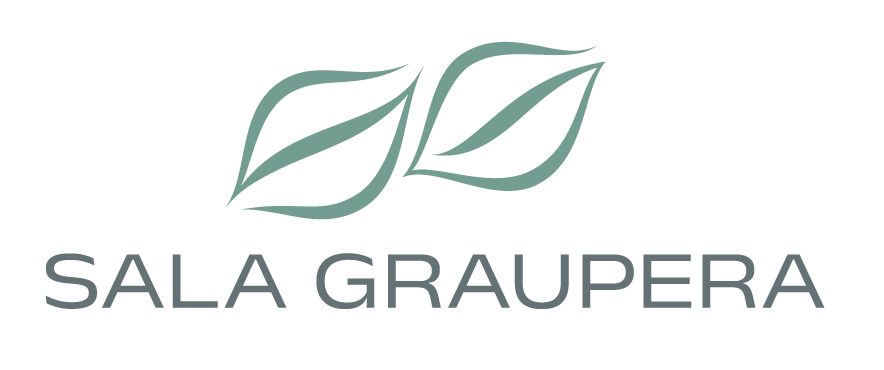- asala@salagraupera.com
- info@salagraupera.com
- +34 93 795 21 39
Compromís ambiental
Sustainability and resilience
Until now, sustainable gardening was about a gardening adapted to the natural environment that sought to rationalise and minimise the use of external resources (such as water, fertilisers and plant protection products). But we are going one step further to combine sustainability with resilience, two closely related areas in gardening, in order to achieve ecosystem spaces with a greater capacity to survive environmental changes and with a lower environmental cost.
To achieve these objectives, it is not only plant species that are important, but there are a number of aspects that we must take into account:
- Soil study: It is important to know the characteristics of the land where we will be growing our crops.
- Garden design and planning: Study the area where the garden will be located and how we will use it, as well as the objectives we want it to fulfil.
- Adequate irrigation system: Adapt irrigation to the needs of the plants and the characteristics of the land in order to make the most of the water.
- Plant selection: Choose species that are suited to the climate of the area and that, by their nature, require little attention and water.
It is also important not to use invasive species, not to use chemical pesticides, to prioritise the use of local materials and to avoid making amendments to the soil.
The result is a garden that remains in optimal condition throughout the year, with little maintenance and low water consumption.
We have also applied this idea to our facilities, including measures in the production process to preserve the environment, the natural surroundings of the nursery and to better respond to external incidents:
- 2008 → Channelling, collection and treatment of excess irrigation and rainwater.
- 2014 → Registration in the MPS environmental certification system
- 2016 → Installation of photovoltaic cells to harness solar energy in the production process.
- 2021 → Creation of the plant company BotanyXS as an internal supplier, thus establishing a closed cycle in the production system.
- 2025 → Expansion of the number of photovoltaic panels.
- 2025 → Biological pest control with the aim of eliminating the use of phytosanitary products.
Integrated pest management (IPM)
Pests and diseases are difficult to control, as they become resistant to pesticides, the number of natural enemies decreases due to the use of these products and, as a result, there is a loss of natural habitat, added to the fact that regulations on the use of plant protection products are becoming increasingly strict.
For this reason, we carry out integrated pest management (IPM) in the nursery, which consists of careful crop management using plant protection methods that reduce the presence of pests and create a more favourable environment for plant development.
Since April 2025, we have been applying biological pest control, which has allowed us to completely eliminate the use of plant protection products in the areas of the nursery where this control is applied. In the indoor nurseries, parasites are used against aphids (Aphididae) and red spider mites (Tetranychus urticae). In outdoor areas, we use Cryptolaemus montrouzieri larvae, the natural predator of the cottony cushion scale (Planococcus citri).
We also avoid plants that are susceptible to disease and only produce those that are resistant, thus reducing the use of pesticides. This reduction encourages beneficial predators to feed on existing pests.
Auxiliary fauna have spaces to nest and feed in our nursery. Here you can find different species of birds, insects and other animals.
Any pests that do appear are treated very selectively, reducing the use of pesticides. Similarly, by using controlled-release fertilisers, we reduce the loss of nutrients through leaching, thereby reducing the associated pollution.
The sum of these actions provides us with:
- Economic efficiency
- Resistance management
- Reduction of health risks
- Biodiversity and soil health

 Download Grevillea catalogue
Download Grevillea catalogue Download Zoysia catalogue
Download Zoysia catalogue